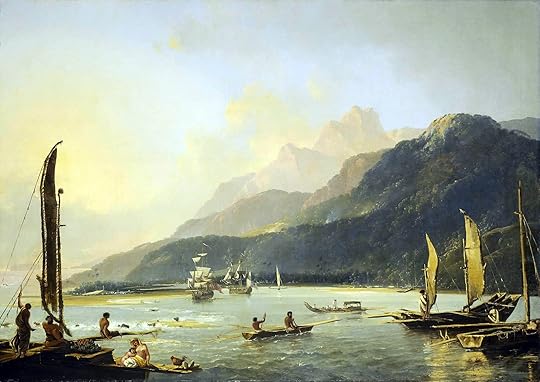What do you think?
Rate this book


This unique edition of The Journals of Captain Cook from Dead Dodo Vintage includes the full original text as well as exclusive features not available in other editions.
Captain James Cook, FRS, RN (7 November 1728[NB 1] – 14 February 1779) was a British explorer, navigator, cartographer, and captain in the Royal Navy. Cook made detailed maps of Newfoundland prior to making three voyages to the Pacific Ocean, during which he achieved the first recorded European contact with the eastern coastline of Australia and the Hawaiian Islands, and the first recorded circumnavigation of New Zealand.
Cook's Journals contain remarkable accounts of his many discoveries and he became something of a hero among the scientific community. Cook wrote each journal entry on large unbound sheets folded so that they formed booklets with two equally sized leaves. At sea the left hand leaves were ruled into a series of columns and rows into which he entered the dates of journal entries, recorded the direction of winds and other navigational information, as well as noting things pertaining to the good order of the ship. On the right hand leaves, Cook recorded what thought worthy of remark about each day of his command. The record of Cook’s voyages was to become popular reading. Louis XVI ordered it translated into French.
480 pages, ebook
First published January 1, 1825

we debauch their morals already too prone to vice and we interduce among them wants and perhaps diseases which they never before knew and which serves only to disturb that happy tranquillity they and their forefathers had injoy'd. If any one denies the truth of this assertion let him tell me what the natives of the whole extent of America have gained by the commerce they have had with Europeans.
The sight of the head and the relation of the circumstances just mentioned struck me with horror and filled my mind with indignation against these canibals, but when when I considered that any resentment I could shew would avail but little and being desireous of being an eye wittness to a fact which many people had their doubt about, I concealed my indignation and ordered a piece of the flesh to be broiled and brought on the quarter deck where one of these canibals eat it with a seeming good relish before the whole Ships Company which had such an effect on some of them as to cause them to vomit.
